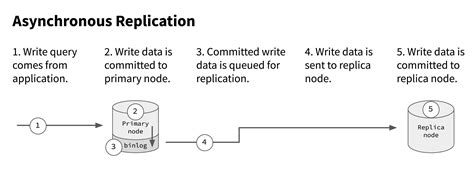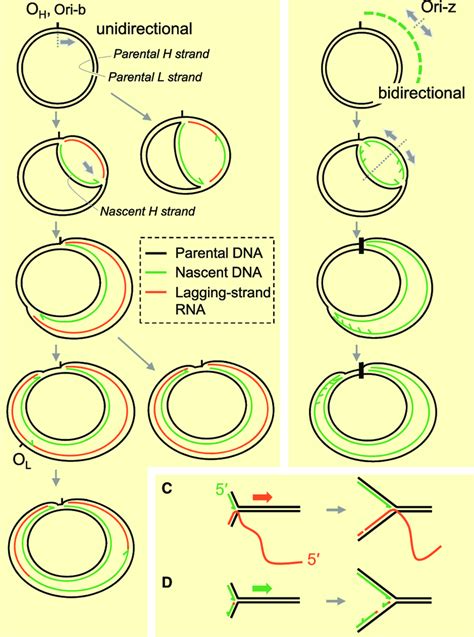dna replication timing in prader willi region | asynchronous dna replication dna replication timing in prader willi region At the Prader-Willi syndrome locus, replication asynchrony spanned virtually the entirety of S phase. Replication asynchrony was carried through differentiation to neuronal precursor cells . ALLURE HOMME Eau de Toilette Spray. Item 2024344. 5. 5 Reviews. $130.00. Size: 3.4 oz. ADD TO BAG. Check in-store availability. Earn points on this purchase.ROUGE ALLURE L’EXTRAIT - REFILL. 854 - ROUGE PUISSANT Refill. $42. Add to bag. Shop ROUGE ALLURE L’EXTRAIT - REFILL High-Intensity Lip Colour Concentrated .
0 · asynchronous replication pca
1 · asynchronous dna replication
$115.00
Edwards et al. use uniparental human embryonic stem cells to reveal that parent-of-origin-specific DNA replication timing is confined to four large imprinted genomic regions. At the Prader-Willi syndrome locus, asynchronous replication spans the entire S phase. Developmentally, this may be generated through a number of different molecular pathways, including differential DNA methylation or .Allele specificity of DNA replication timing in the Angelman/Prader-Willi syndrome imprinted chromosomal region. Joan H.M. Knolli.2, Sou-De Cheng1 & Marc Lalande1•3. DNA replication.At the Prader-Willi syndrome locus, replication asynchrony spanned virtually the entirety of S phase. Replication asynchrony was carried through differentiation to neuronal precursor cells .
Imprinted expression is coordinately controlled in cis by an imprinting center (IC), a genetic element functional in germline and/or early postzygotic development that regulates the . To examine the relationship between replication timing and differential gene transcription in tissue-specific and imprinted settings we have studied the replication timing .Each imprinted gene or region shows several typical features, including monoallelic ex-pression, differential DNA methylation, and asynchro-nous DNA replication of the maternal and paternal . To determine the effect of parent-of-origin on DNA replication timing, we profiled DNA replication timing genome-wide in six aESCs, 18 pESCs, and nine control biparental .

Developmentally, this may be generated through a number of different molecular pathways, including differential DNA methylation or asynchronous replication timing (Simon et . Edwards et al. use uniparental human embryonic stem cells to reveal that parent-of-origin-specific DNA replication timing is confined to four large imprinted genomic regions. At the Prader-Willi syndrome locus, asynchronous replication spans the entire S phase. Developmentally, this may be generated through a number of different molecular pathways, including differential DNA methylation or asynchronous replication timing (Simon et al., 1999). Even if one allows for the involvement of other epigenetic effectors in the establishment of imprinting, it is usually assumed that DNA methylation is absolutely .Allele specificity of DNA replication timing in the Angelman/Prader-Willi syndrome imprinted chromosomal region. Joan H.M. Knolli.2, Sou-De Cheng1 & Marc Lalande1•3. DNA replication.
At the Prader-Willi syndrome locus, replication asynchrony spanned virtually the entirety of S phase. Replication asynchrony was carried through differentiation to neuronal precursor cells in a manner consistent with gene expression. This study establishes asynchronous DNA replication as a hallmark of large imprinted gene clusters. The early replication timing at the PWS region is correlated with its gene expression level in neuroblast, and suppression of SNRPN gene, a candidate causative gene for PWS, results in loss of late replication timing in lymphocyte (Gunaratne et al. 1995).
Imprinted expression is coordinately controlled in cis by an imprinting center (IC), a genetic element functional in germline and/or early postzygotic development that regulates the establishment of parental specific allelic differences in replication timing, DNA methylation, and chromatin structure. To examine the relationship between replication timing and differential gene transcription in tissue-specific and imprinted settings we have studied the replication timing properties of the human Prader-Willi syndrome (PWS) region on human chromosome 15q11-13.Each imprinted gene or region shows several typical features, including monoallelic ex-pression, differential DNA methylation, and asynchro-nous DNA replication of the maternal and paternal al-leles (Nicholls et al. 1998). To determine the effect of parent-of-origin on DNA replication timing, we profiled DNA replication timing genome-wide in six aESCs, 18 pESCs, and nine control biparental ESCs. Of those, we differentiated three aESCs, six pESCs, and two biparental ESCs to NPCs to examine the effect of differentiation on parent-of-origin DNA replication timing.
Developmentally, this may be generated through a number of different molecular pathways, including differential DNA methylation or asynchronous replication timing (Simon et al., 1999). Even if one allows for the involvement of other epigenetic effectors in the establishment of imprinting, it is usually assumed that DNA methylation is absolutely . Edwards et al. use uniparental human embryonic stem cells to reveal that parent-of-origin-specific DNA replication timing is confined to four large imprinted genomic regions. At the Prader-Willi syndrome locus, asynchronous replication spans the entire S phase. Developmentally, this may be generated through a number of different molecular pathways, including differential DNA methylation or asynchronous replication timing (Simon et al., 1999). Even if one allows for the involvement of other epigenetic effectors in the establishment of imprinting, it is usually assumed that DNA methylation is absolutely .
Allele specificity of DNA replication timing in the Angelman/Prader-Willi syndrome imprinted chromosomal region. Joan H.M. Knolli.2, Sou-De Cheng1 & Marc Lalande1•3. DNA replication.At the Prader-Willi syndrome locus, replication asynchrony spanned virtually the entirety of S phase. Replication asynchrony was carried through differentiation to neuronal precursor cells in a manner consistent with gene expression. This study establishes asynchronous DNA replication as a hallmark of large imprinted gene clusters. The early replication timing at the PWS region is correlated with its gene expression level in neuroblast, and suppression of SNRPN gene, a candidate causative gene for PWS, results in loss of late replication timing in lymphocyte (Gunaratne et al. 1995).
Imprinted expression is coordinately controlled in cis by an imprinting center (IC), a genetic element functional in germline and/or early postzygotic development that regulates the establishment of parental specific allelic differences in replication timing, DNA methylation, and chromatin structure. To examine the relationship between replication timing and differential gene transcription in tissue-specific and imprinted settings we have studied the replication timing properties of the human Prader-Willi syndrome (PWS) region on human chromosome 15q11-13.Each imprinted gene or region shows several typical features, including monoallelic ex-pression, differential DNA methylation, and asynchro-nous DNA replication of the maternal and paternal al-leles (Nicholls et al. 1998). To determine the effect of parent-of-origin on DNA replication timing, we profiled DNA replication timing genome-wide in six aESCs, 18 pESCs, and nine control biparental ESCs. Of those, we differentiated three aESCs, six pESCs, and two biparental ESCs to NPCs to examine the effect of differentiation on parent-of-origin DNA replication timing.
rolex gold bracelets
asynchronous replication pca
asynchronous dna replication

$4,479.00
dna replication timing in prader willi region|asynchronous dna replication

























